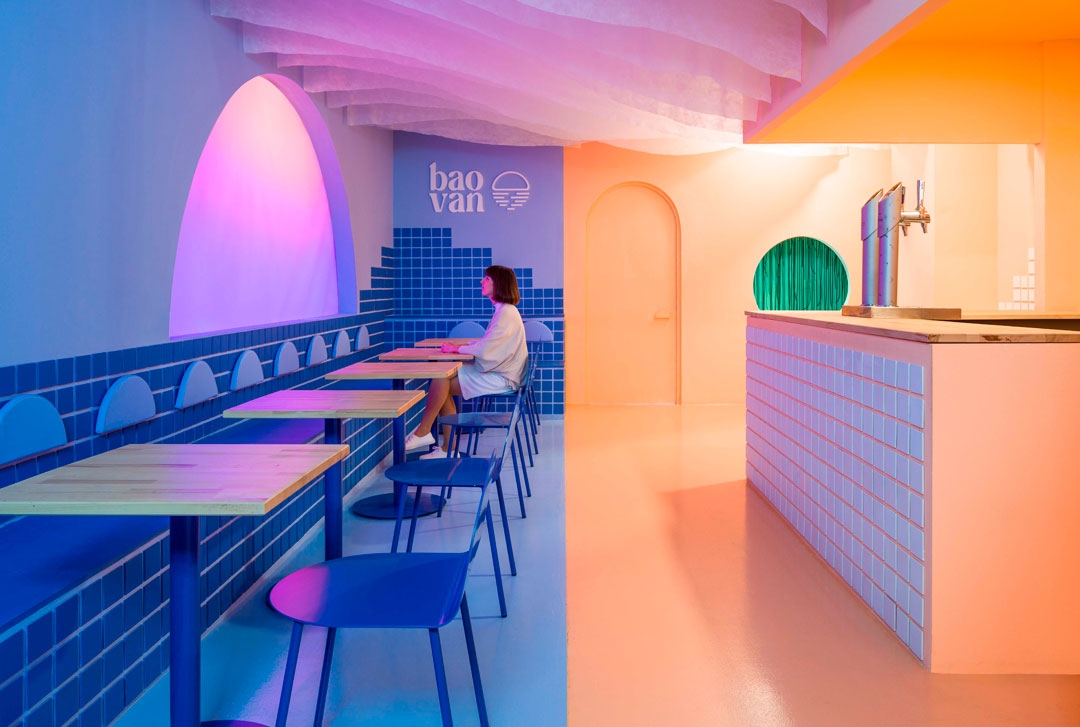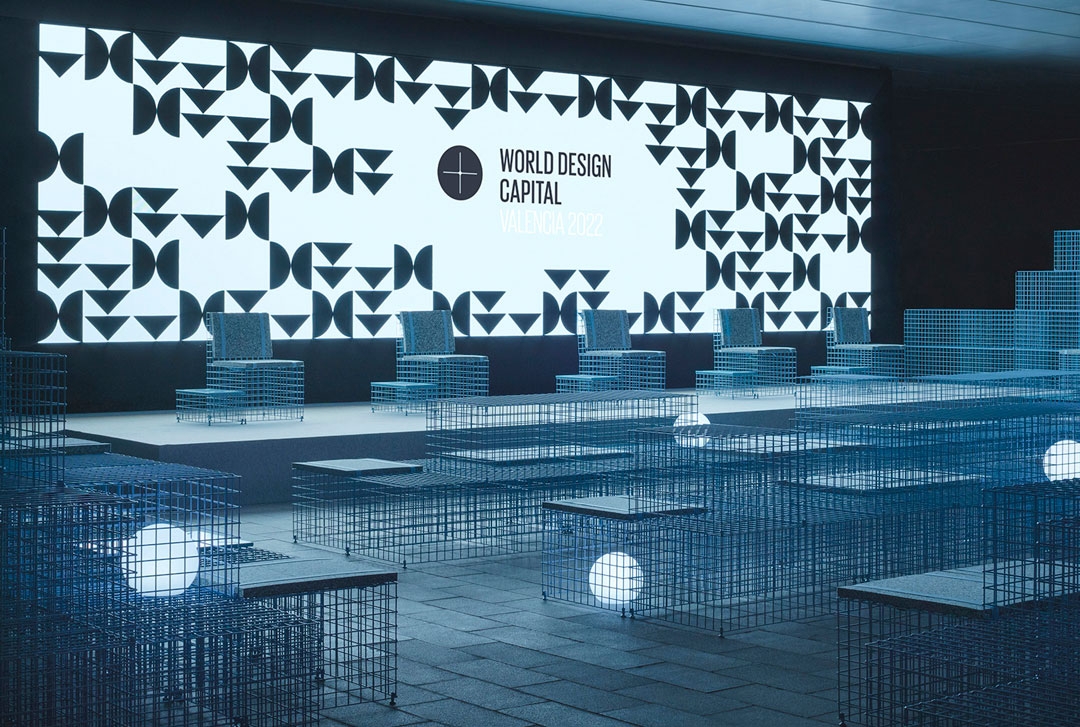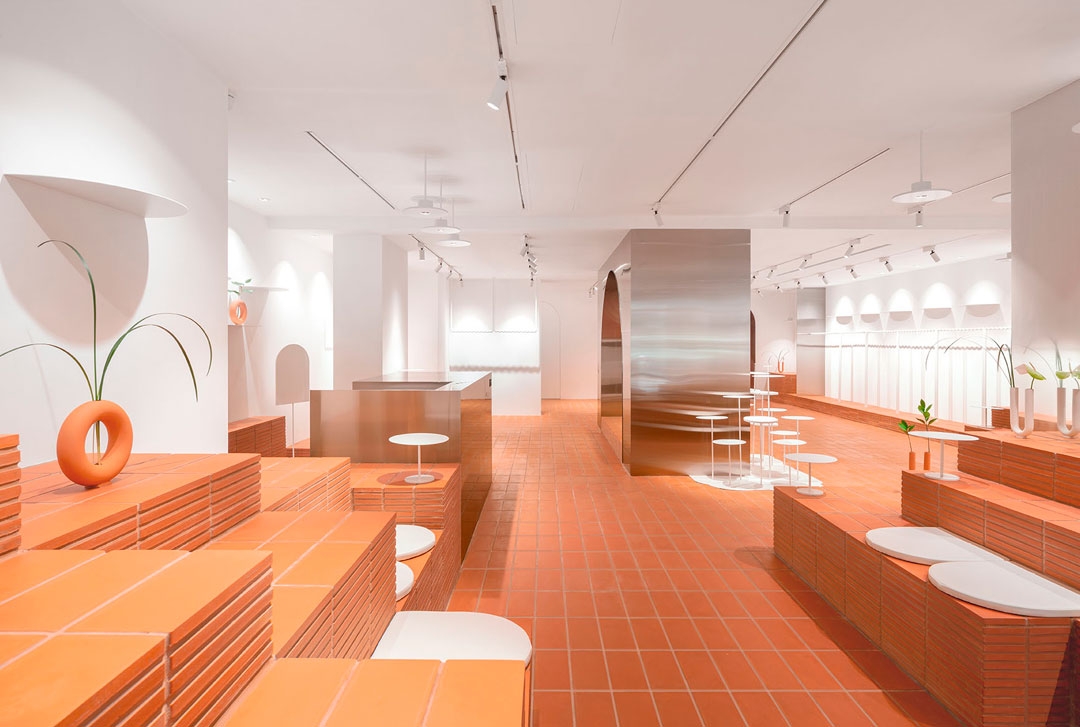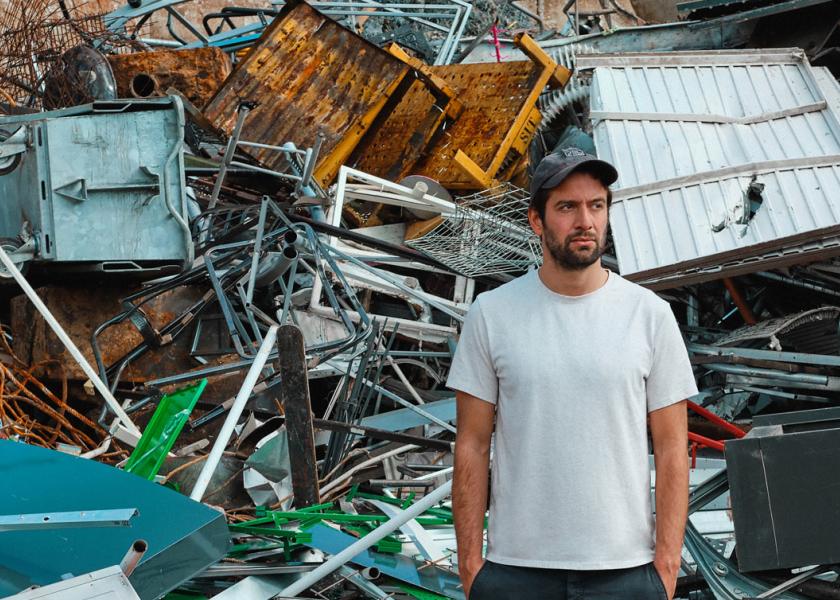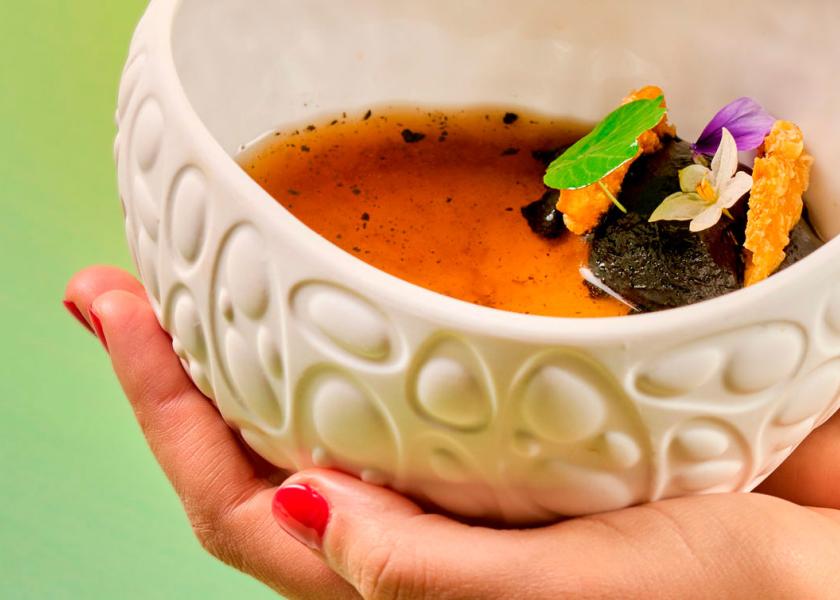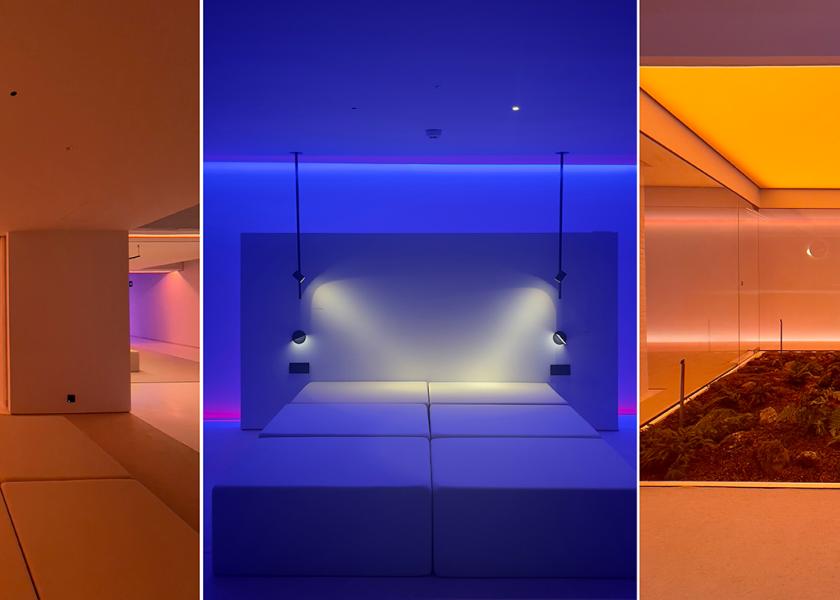Jordi Iranzo
Better together
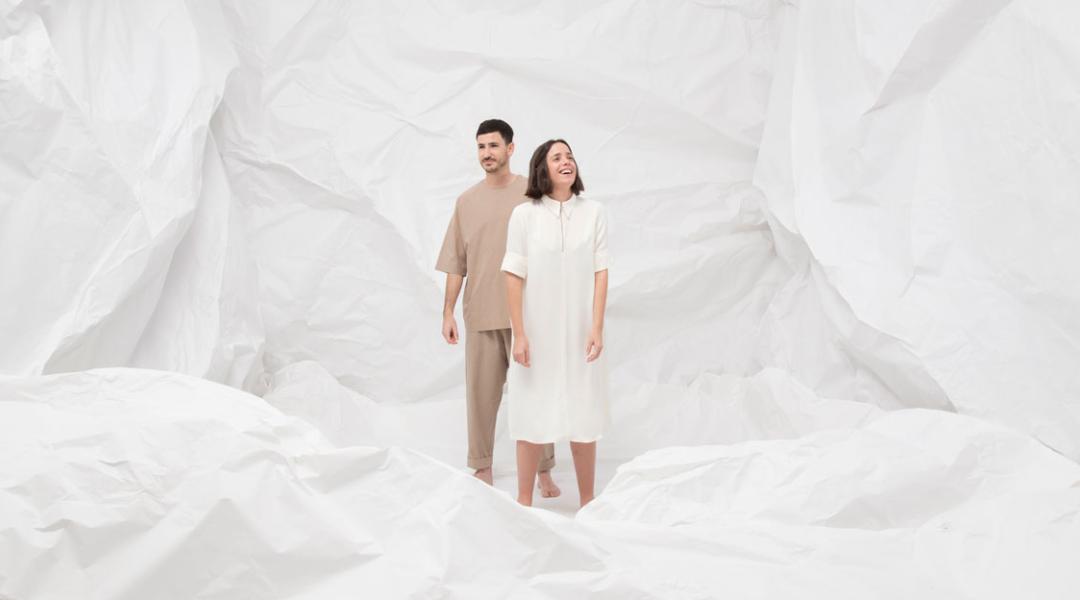
Spanish design is having a moment thanks to people like Jordi Iranzo, the last winner of the Spanish National Design Award in the Young Innovative Talent category. Alongside Àngela Montagud, he’s the soul behind Clap Studio. A firm advocate of teamwork, a value he learnt from football —he played in the junior categories of Valencia C.F.—, he declares that Spanish talent is second to none, but must come together to shine bright.
When Jordi Iranzo (Valencia, 1989) is reminded that he won the Spanish National Design Award in the Young Innovative Talent category last September, the first thing he does is mention his colleague, Àngela Montagud: “By giving me the award, they are also giving it to Àngela Montagud, because we work together. It’s an award that is granted individually and, for bureaucratic reasons, we gave my name. It’s also for all our colleagues who have been through the studio over the years.” Neither Jordi nor Àngela, the people behind Clap Studio, studied interior design —he’s a product designer and she’s a technical architect— but “they’ve always been curious about this world,” confesses this creator. They conveyed this curiosity through a digital design magazine (More With Less) which they founded together when they were students.
Clap Studio’s beginnings lie in More With Less. What a declaration of intent. Does it still define you?
Our values remain the same. While studying, we started More With Less, which bet on aesthetic minimalism and allowed us to start to define ourselves. Our work for Clap follows that philosophy —we don’t like to fill a space with ornaments because we believe that everything must serve a purpose—, but we’ve added a more playful, fun, and conceptual element.
After studying and working for several years in Germany, you decided to return to Spain to create your own studio. What pushed you to take this decision?
During an internship as a student, while I greatly respected the designer that took me under his wing, I understood that it’s imperative to work on something that truly defines me and makes me feel proud. When we finished our studies, both Àngela and I felt the need to start our own thing, a studio where we could apply what we’d learnt. We had to decide if we wanted to set it up in Germany and settle down there definitively or to do so in Spain; in the end, we decided to come back because we missed our family and friends, but also, to be honest (laughs), the weather and food.
“During an internship I understood that it’s imperative to work on something that truly defines me and makes me feel proud”
Valencia was the World Design Capital in 2022. Even though the city has always had a strong relationship with design, have you noticed this upward trend?
The greatest boost occurred during the year it received capital status. 2022 was an incredible year for Valencia because it put it back on the design map. In the 1980s and 1990s, Valencia was really strong, but consecutive recessions made it lose steam nationally and internationally. During that year, everything bloomed again. Perhaps it lacked reaching the entire population, transcending beyond designers. We’ve been in the shade of Madrid and Barcelona, but there’s so much talent, creativity, and professionalism in Valencia.
Brazil, Hong Kong, Saudi Arabia, Switzerland, Germany, Belarus, China... How does a small Spanish studio end up travelling to all these countries and creating these connections?
For us, 50% is the work we do, but the other 50% is communication. Today, with globalisation, work done in Spain can be seen around the world. If we didn’t share the projects we do, they’d remain at a local level. We put a lot of effort into our communication and, thanks to this, someone in Hong Kong can see our work, contact us, and hire us. That’s incredible!
2023 was a momentous year for you because, as well as receiving the Spanish National Design Award, you won the Global Restaurant & Bar Design Award. How much do you value these recognitions?
When doing creative work, it’s inevitable to doubt yourself during the process. You ask yourself if you’re doing the right thing or if people will like this design. Therefore, awards are a confirmation that, despite all those doubts, you’re doing a good job. They’re also a motivation to carry on investing your time. For us, design is more than work, it’s our passion.
“We need to show that we’re doing cool things in Spain and that we’re second to none”
The Spanish National Design Award jury described you as an “example of the promising future of national design.” For you, since you are also teachers, how much young design talent is there in Spain?
So much. More and more young people choose design and there’s room for all of us to have a slice of the cake. For us, Studio Animal, Isern Serra or Inma Bermúdez aren’t competition, they’re colleagues who prove daily that good work is being done in Spain. I’ve given three examples, but I could give you an entire list. Spain has huge creative capabilities; I’m not sure if it’s because of the country being a cultural melting pot or because of the artisan tradition we have. Inwards, it’s time to give ourselves credit and, outwards, we need to show that we’re doing cool things here and that we’re second to none. There’s so much talent and we need to make it shine.
And what is talent for you?
Talent is a skill everyone has, but some people haven’t discovered what theirs is yet. Talent leads you to enjoy what you do, therefore you’re going to spend more time on it and get better at it over time. Our education system doesn’t encourage people to discover their talent because, when you finish secondary school, it forces you to choose between science and art. And in high school, you have even more doubts because you don’t know what career to choose. In my case, I studied music before product design. To find their talent, people need to try different things.
“We often ask ourselves: How are we going to design a new chair at this stage in the game? And we should be thinking the opposite, everything is still to be designed”
Without sacrificing functionality, your products shine bright artistically. How do you manage to find this balance?
Another of Clap’s cornerstones are artistic installations. When you do interior design, you work for a brand, but when you do an installation, you can be yourself. It allows us to create in a less rigid way, without constraints. The education I received in Germany was quite different to the one I received in Spain, and one of the main differences was that disciplines were combined. Àngela and I really enjoy the installations and whenever we work on a project, we try to incorporate that artistic side.
Innovation is an innate part of design. Therefore, would you say that design knows no bounds?
For us, it’s essential to continue investigating and trying new things, like taking materials we already know and putting a spin on them to use them more sustainably. We collaborate with startups that work with innovative materials, like recycled plastic. With these materials, we can change the way we build and project. Coming back to your question, design is limitless. We often ask ourselves: How are we going to design a new chair at this stage in the game? And we should be thinking the opposite, everything is still to be designed.
